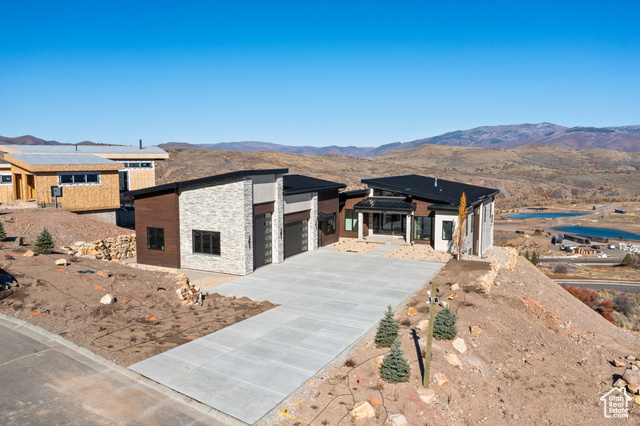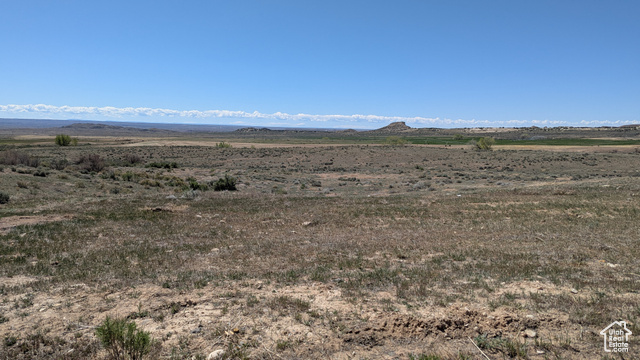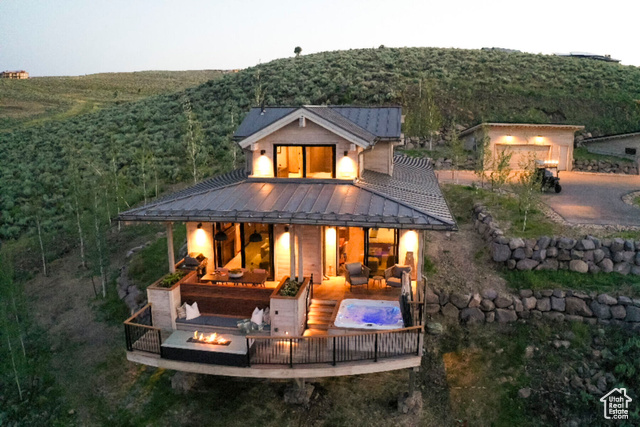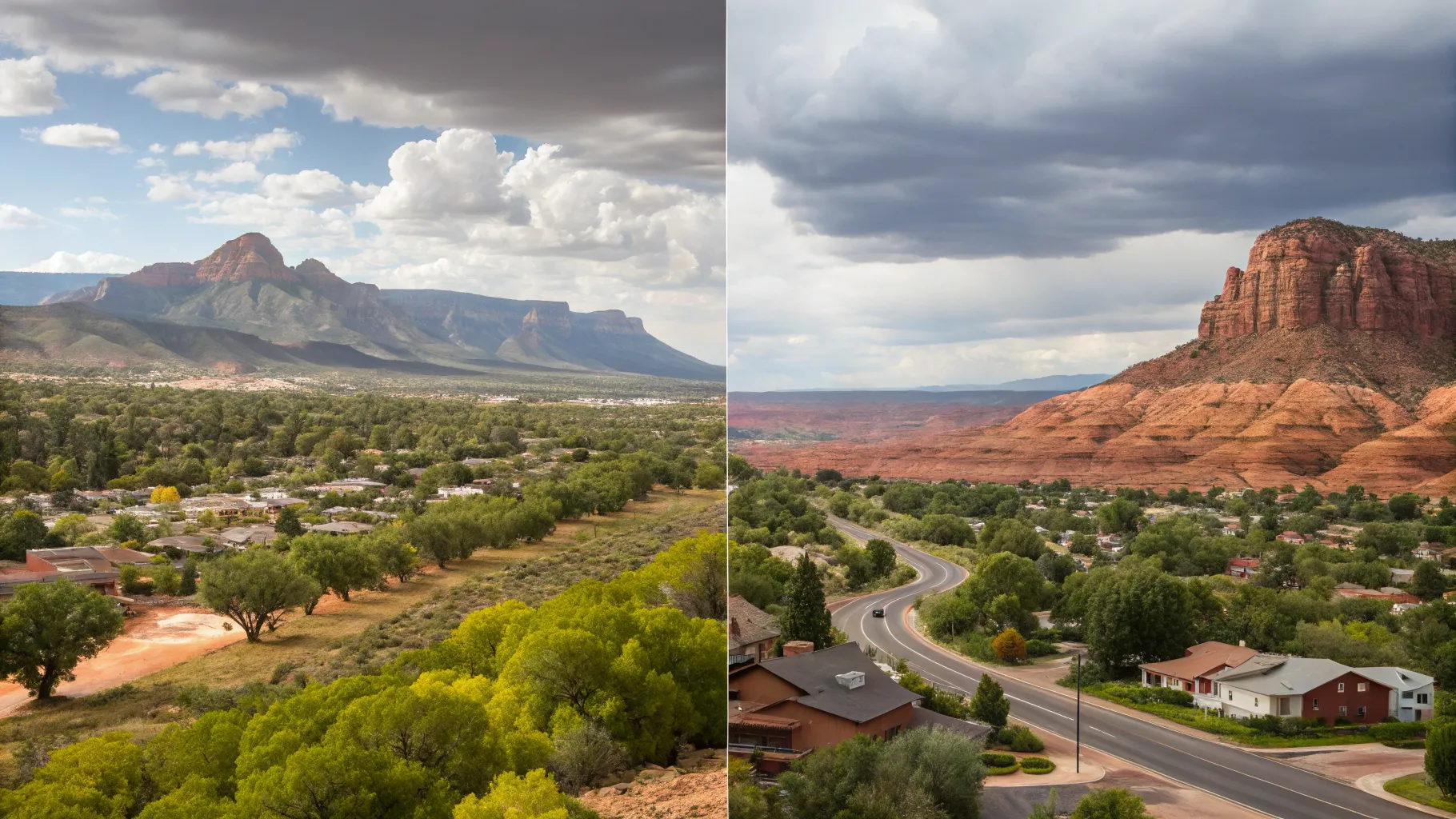Data through August 30, 2025, shows a shifting but still seller-leaning housing market across Southern Utah.
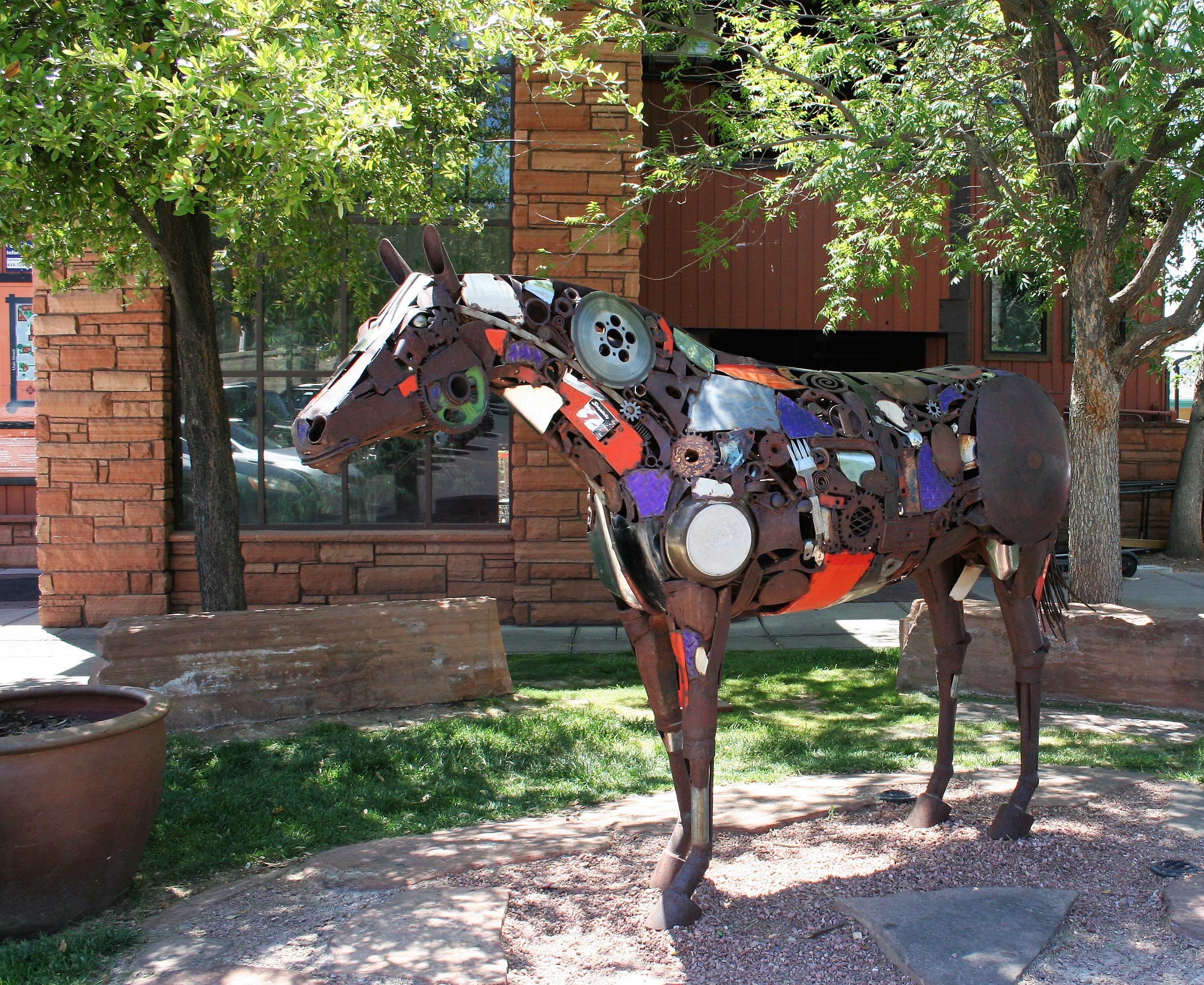
Ancestor Square, 20 West St. George Blvd. St. George, Utah 84770, offers the perfect mix of historical appeal and an urban flavor. Lunch and linger here at any one of the popular restaurants that feature optional outdoor seating. Spend an evening dining on fine cuisine in one of the posh and trendy restaurants. Shop at eclectic retail stores, or simply enjoy the shaded greenspace and listen to the courtyard waterfall. You are going to love this place.
Why do they call it Ancestor Square?
Members of the Church of Jesus Christ of Latter-day Saints arrived in what we now know as St. George in 1861. They came at the behest of their church leaders with plans in hand and orders to tame the wild desert.

Before he died, the church's founder and first president Joseph Smith developed a "Plat of Zion." The plat instructed settlers to build the town on a formal grid system. That grid system is still used today. Pioneers were reliant on each other for protection from the elements, animals, and hostile natives.
Home lots had to be close enough together to keep residents safe, but large enough for land owners to raise livestock, grow gardens and plant orchards. The first homes built in the settlement were grouped together in the center of town.
The blocks are 528 feet square with an area of 6.4 acres. Major roadways were 90 feet wide.
Many of the historic homes and buildings were remodeled and incorporated into the Ancestor Square design decades later.
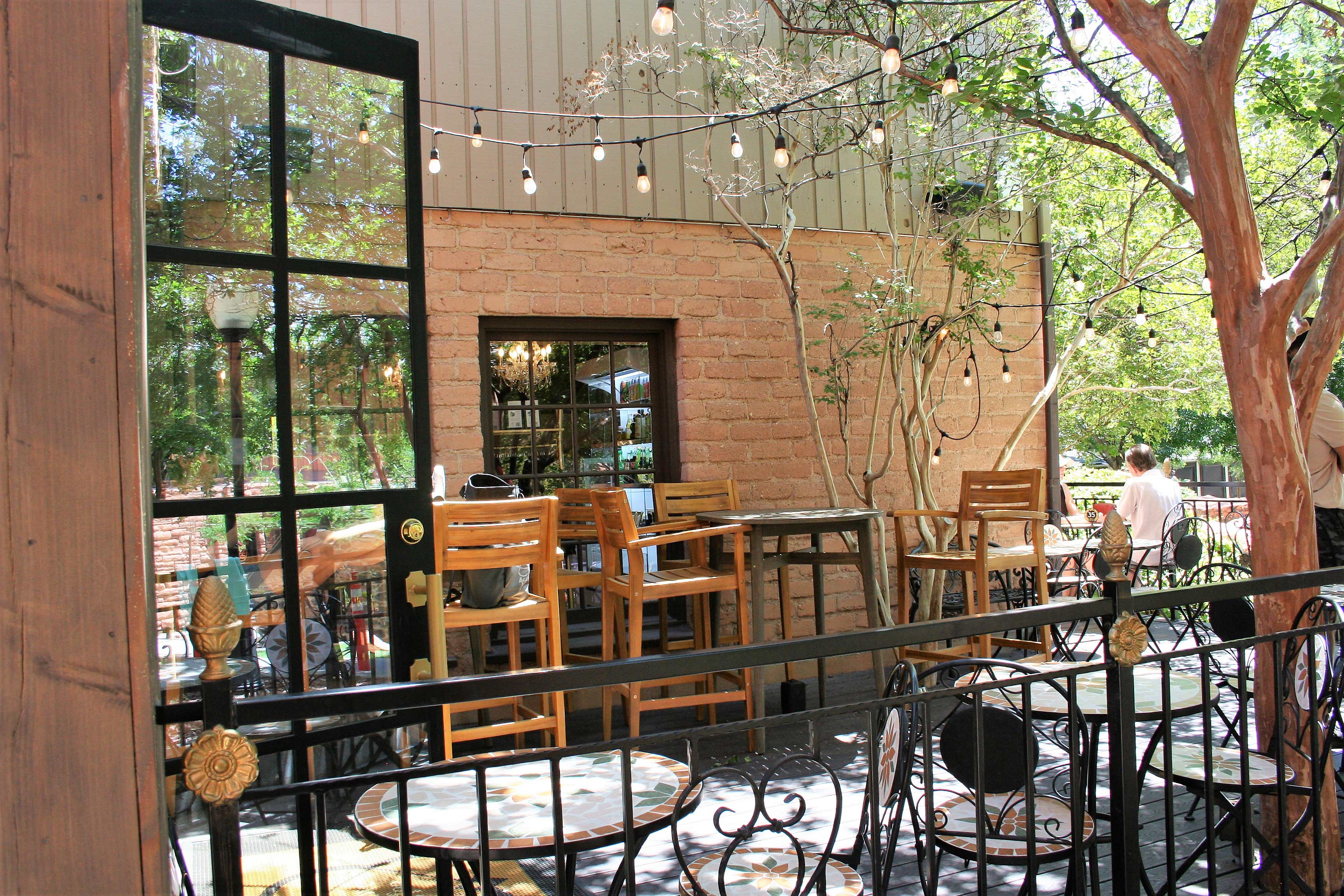
Augustus and Elizabeth Hardy's House welcomes visitors
The Augustus and Elizabeth Hardy home at 46 West St. George Blvd. was built in about 1871 by the local sheriff. It was made with "a basalt rock foundation and double thick adobe walls," according to the Washington County Historical Society's published historic walking tour.

The written Ancestor Square Walking Tour published online said, there is still a bullet hole in the wall put there "when a group of vigilantes broke into the house, took the keys to the pioneer courthouse jail, removed a prisoner accused of murder and hung him from a nearby tree."
During the disturbance, a stray bullet hit a door and that hole is still visible today.
Emma Packer Morris/Isadore Grundy Home represents Victorian architecture
The Emma Packer Morris/Isadore Grundy Home at 151 North Main Street is of classic Victorian architecture. The home was built in 1901 by a 70-year-old, according to the Washington County Historical Society. It was built with hand-made adobe bricks that were faced with red fired bricks. Huge panel windows and elaborate trim indicate the original homeowner's taste for finery. There are mulberry trees still standing. They date back to 1890. The home was eventually passed down to Emma's daughter Isadore Grundy. Isadore was one of Emma's 11 children.
Samuel and Esther Miles Jr. built their home in stages
The Samuel and Esther Miles Junior home at 173 North Main Street was started in about 1863. Varying adobe colors indicate the home was built in two phases. It is believed to have been completed in 1883. The two were married in 1875. They raised four of five children in the home. Their daughter, Esther, was just two years old when she died in the home. Her mother, also Esther, died there suddenly of heart failure. Samuel and Esther Miles's immediate family lived in the home for 116 years. Eventually, the home was deeded to Esther Judd Wasden, their great granddaughter following the 1978 death of their daughter at the age of 100.
In Ancestor Square you will find an old rock jailhouse, buildings built from bricks left over from the construction of St. George Temple and the nearby tabernacle.
Today old, remodeled and new buildings house a collection of:
- offices
- retail space
- galleries
- eateries
- a Downtown Farmer's Market called the "Art and Soul of St. George"
Ancestor Square became the site of this exciting historic area with exposed brick walls, gardens and favorite spaces in 1979.

